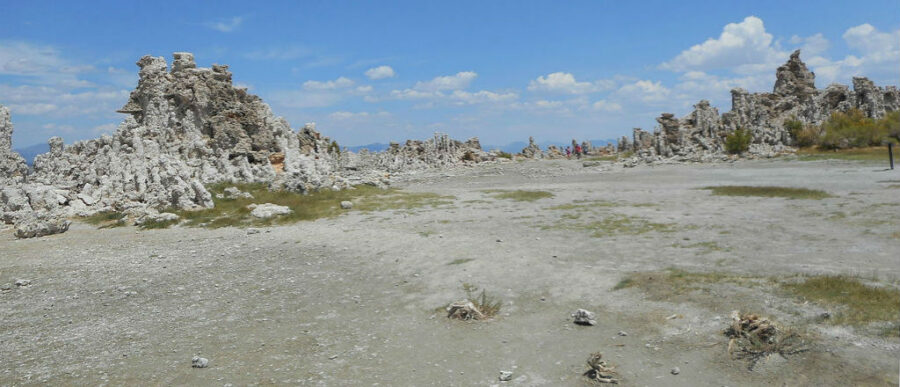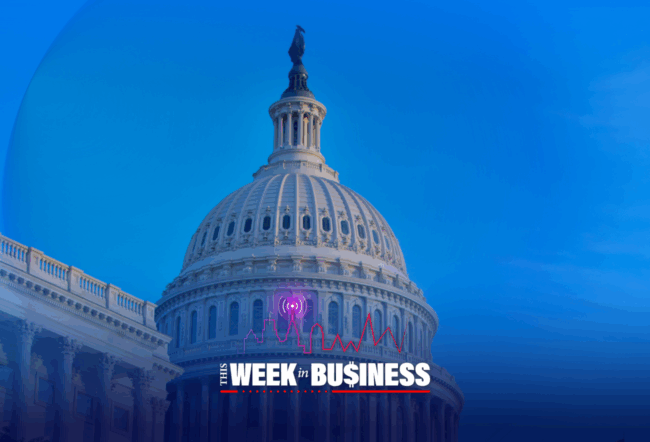With California in its fourth successive year of drought, the water usage restrictions announced earlier this month by Gov. Edmund G. Brown, Jr. seemed inevitable. Much, however, depends on whether the state’s residents will fall in step to curb excessive water use and help redirect the scarce resource to human health and safety, growing food and fighting forest fires.
“Social norms are difficult when you can’t see anyone,” said Howard Kunreuther, Wharton professor of operations and information management. “The idea of people taking a shower that is only five minutes would be very hard to monitor and control.” Kunreuther is also co-director of Wharton’s Risk Management and Decision Processes Center.
Kunreuther spoke about the challenges California faces in winnings its war on drought on the Knowledge at Wharton show on Wharton Business Radio on SiriusXM channel 111. (Listen to the podcast at the top of this page.)
“Social norms are difficult when you can’t see anyone. So the idea of people taking a shower that is only five minutes would be very hard to monitor and control.”–Howard Kunreuther
Nearly all of California (99.85%) is suffering drought conditions, according to the U.S. Drought Monitor, with 67% facing “extreme drought.” Gov. Brown’s mandatory water restrictions aim to reduce water usage by 25%, along with plans to invest in new technologies to make the state more drought resilient. His administration will also prioritize review and approval of water infrastructure projects, such as water recycling facilities and desalination plants. California’s State Water Resources Control Board, which will implement his plan, has been empowered to levy fines on violators.
A Last-ditch Attempt
According to Kunreuther, the water restrictions are a last-ditch move. He said government officials’ hopes that California’s residents would voluntarily curb water use did not pan out as desired. “This has been a crisis over the last few years and the fact [that Brown] has [announced restrictions] is because [the government] has been unsuccessful in other ways,” he noted.
One big challenge, however, is whether the state’s residents will see it as “their duty” to restrict water usage, said Kunreuther. “It is hard to get that across.” More than executive fiat, he expected the public response to the drought to come about through conversations, with the media playing a major role.
Kunreuther also predicted obstacles in enforcing the restrictions through fines for violators, such as those who water their lawns too much. “The question is, how will that monitoring take place and how do you get to that point where people will feel that not only is it their obligation, but they are concerned about actually being fined?” he asked.
Kunreuther noted that the drought is part of climate change — not the lack of rainfall per se, but at least as it relates to global warming. He said Princeton University professor of geosciences Michael Oppenheimer, who has examined the subject, “has made the point that when you think about global warming, you are going to think about more droughts.” Added Kunreuther: “This isn’t something that is going to be solved overnight. But taking steps along the lines of conserving will be a way to deal with that. The more people who do that, the more they will benefit.”
Dealing with Forest Fires
California will face a double whammy with its drought as the state prepares to battle its annual wildfires that destroy thousands of acres. Kunreuther said the wildfire threat could help to drive more awareness of conservation among Californians. “People forget how water is used in many different ways,” he said. “The minute you bring up a point like that, people pay attention … and recognize that the things they do today could be beneficial for things that could happen in the future that they hadn’t really thought about.”
Any insensitivity in appreciating water conservation has to do with the human nature “to focus on the short run … and be myopic,” said Kunreuther. “A wildfire is not necessarily going to happen tomorrow; it could happen a few months from now. But it isn’t on people’s agenda to think about it, and they normally don’t think about the water tied into the [forest] fires.”
In the same way, people need to also appreciate that drought hurts availability and pricing of food crops and other goods across the country, said Kunreuther. A shortage of California-grown avocados and strawberries could be felt in grocery stores as far away as New York City, he noted.
“This isn’t something that is going to be solved overnight. But taking steps along the lines of conserving will be a way to deal with that.”–Howard Kunreuther
For people to appreciate the water restrictions, “start constructing scenarios as to what could happen,” Kunreuther advised. “How do you get people to take those scenarios seriously? You hit them where everyone feels it, which is in their consumption as well as the prices they pay for their goods.”
A Farmer’s View
It also helps if people are more aware of the water needs of food growers, according to Matthew Sylvester, a farmer in California who also appeared on the Sirius show. His enterprise is Happy Acre Farm in Sunol in the state’s Alameda County, where he grows fruits and vegetables. “You almost think it’s a little unfair for people to look at you and [think that] the farmers are using all the water when there are so many other ways we could be conserving water,” he said.
“We need sunshine, good earth and water to make things grow. We’re providing food for people — real food,” said Sylvester.



